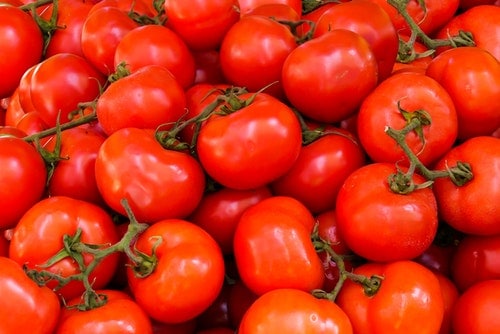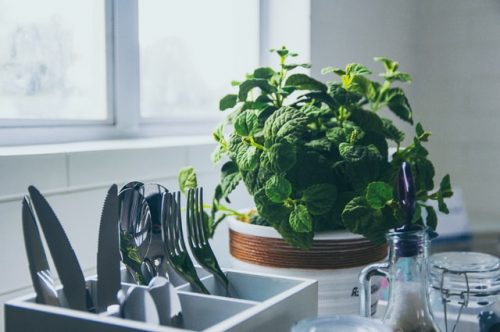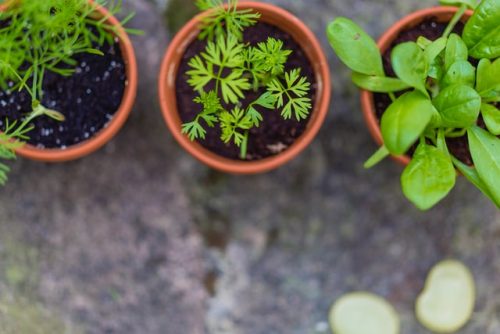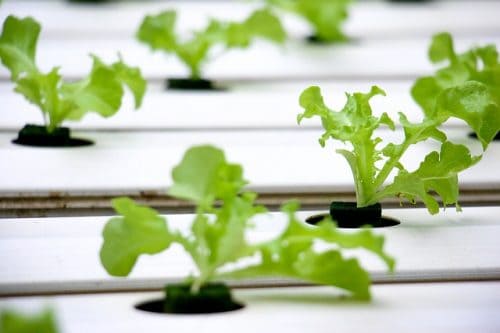The tomato is definitely one of the most versatile ingredients used to prepare a variety of meals in different countries and cultures. From burgers to sauces, you have a plethora of ways to inculcate the juicy tomato into your recipe.
Lots of persons grow tomatoes and gardeners have observed that the tomato needs a little extra care to tend. However, that shouldn’t stop you from propagating your own batch of fresh, juicy tomatoes. Sure, you can pick some from the grocery store, but it can’t be compared to the flavourful, fresh balls you grow right in your own garden.
The tomato plant, just like any other requires a kind of environment to thrive. While you can grow a tomato plant using any hydroponic [1] method, there are more favourable systems to use for the tomato plant.
If the system you currently have is not particularly the choicest, do not be distraught. You can still grow your hydroponic tomatoes with it, but bear in mind it may not be so huge or juicy.
For those persons who are venturing into the hydroponic world for the first time, take time to select a system that will be favourable to the plants you intend to grow. Try to do a bit of research to avoid making hasty decisions you’ll regret.
Growing Hydroponic Tomatoes: Ideal Hydroponic Systems
For growing tomatoes, the best systems to use are ebb and flow, Nutrient Film Technique (N.F.T) systems, and drip systems. We’ll examine each of these systems below and why they’re great for growing tomatoes.
Ebb And Flow
This method is also referred to as a flood and drain method. It’s an excellent way to grow your tomatoes hydroponically. With the ebb and flow system, the pump is controlled with a timer and not left on permanently.
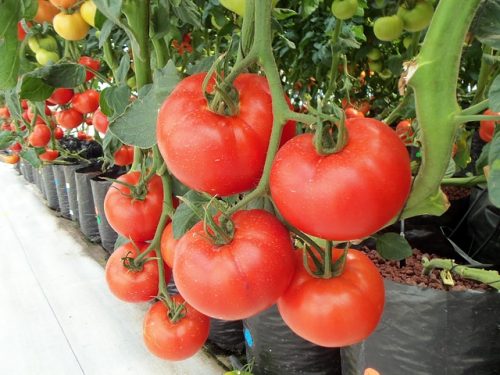
The plants are in the grow tray and growing medium supports its roots. The pump is activated at intervals during the day, moving the nutrient solution into the grow tray from the reservoir.
Once the pump is activated, the root zone gets flooded with nutrients for some time. Afterwards, the excess solution is drained back via the delivery tubes. The nutrient solution gets recycled in the next pump action.
Nutrient Film Technique – N.F.T
The N.F.T system is a great option especially because it allows a continuous re-circulation of excess nutrient. Within a gully at an inclined position, the tomato plants are made to sit and their roots are freely suspended in the root region. From the reservoir, the nutrient solution is transported to the gully through the incline to the roots. The excess nutrient solution gets drained into the reservoir for recirculation.
This hydroponic system requires a constant supply of electricity, so you can’t afford to have a power outage if you want your plant to do well. To avoid such a scenario, it is best you purchase a generator as a backup power source.
The N.F.T systems lack a growing medium for retaining moisture and the plant’s roots are suspended, so once the nutrient cycle is interrupted for a couple of hours, the plants could suffer from dehydration and die.
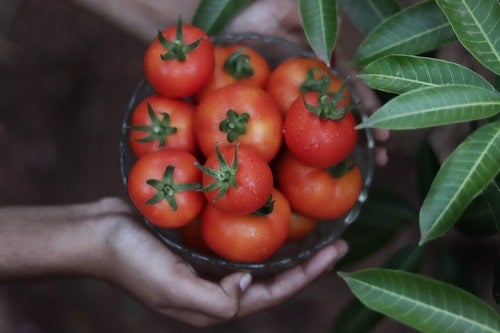
Drip
The drip system comes in two types; recovery and non-recovery system. With the recovery systems, excess nutrients are re-circulated making it a very efficient method to use for growing tomatoes. A non-recovery system doesn’t recycle the excess nutrient solution so it requires a digital timer to keep the plants well-nourished and hydrated.
There’s also the presence of a growing medium to support the plant roots. When the pump is activated, the nutrient flows into the drip lines from the reservoir, then onto the growing medium. The nutrients are efficiently distributed.
Each system comes with its own set of advantages and disadvantages. As a gardener, it is your responsibility to examine all these before investing in a system. Your budget and other plants you intend to grow should also influence the decision you make.
Hydroponic systems have evolved over the years. They have grown from being heavy-weighted equipment to simple, portable kits which will fit into wherever you want at home; your balcony for instance.
Healthy Growing Conditions For A Juicy Tomato Harvest
With hydroponic gardens, you have the luxury to create a perfect, healthy environment for your plant to develop. You as the grower control the elements needed for the plant to thrive. Light, nutrition, and temperature are 3 essential elements necessary for your plants’ well-being and you get to control each of them in your hydroponic system.
Light
Your plant needs a decent amount of light to mature healthily. For your tomato plants to excel, it needs to be exposed to light for at least 9 hours per day. You need to tick the lightbox for a succulent tomato harvest. Your hydroponic system should be placed in a position where it can receive natural light. However, investing in an LED light is a great option especially during cold seasons.
Just as light is important, darkness is equally necessary as well. Allow your plants to enjoy some hours of darkness especially when you’re using artificial light. Tomatoes undergo photosynthesis better in darkness.
Nutrition
Phosphorus, potassium and calcium are nutrients required by most tomato species. A fertiliser containing all three is ideal to ensure that your tomato plant gets all the nutrients it needs to give you a fresh, big and juicy harvest at the end of the day.
The optimal pH for the tomato plant is within 5.5 to 6.5. Ensure you regularly check your PH, at least once in a day. To monitor pH levels, you need a PH testing kit. Adjusting PH to the desired level can be done easily by adding a PH adjuster to the nutrient solution.
Electrical conductivity (EC) is another important parameter to look out for. It helps you determine how strong your nutrient solution is. Higher EC values indicate a higher nutrient concentration and vice versa. For tomato plants, you need EC values within 2.0 and 5.0. To monitor the EC of your solution, you’ll need the EC meter to ensure the nutrient concentration is favourable for your tomato plant.
Temperature
Hydroponic systems are really amazing; you are not limited by weather or seasons because you have the power to control every element in a way to meet your plant’s requirements. You can grow any plant you want right in your home and get a bountiful harvest.
Tomato is a plant that thrives in warm weather. Ensure you maintain a temperature range of 18 to 25 degrees and 12 – 18 degrees for day and night respectively.
If you are growing tomatoes during cool weather, a heater will enable you to provide the required temperature. On the other hand, air conditioning will help you out during very hot weather.
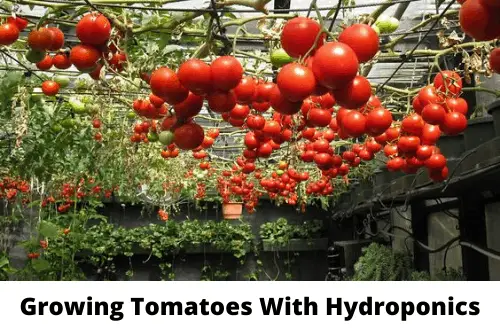
We’ve examined all you need to know about the ideal systems and necessary parameters you need to control to ensure you reap a bountiful harvest of big, juicy tomatoes. All you need to do is apply your knowledge practically.
Planting your Tomato Seedlings
To reap tomatoes, you need to plant some tomato seedlings. Rockwool cubes of 1 by 1 inch are suitable for growing tomato seeds at home. The cubes are able to retain moisture keeping the seedlings properly hydrated. With favourable conditions, the tomato seeds will germinate within 10 to 14 days.
The tomato plant is a bit delicate so it requires proper maintenance from you and you will be pleased with the results you get at the end. Ensure you fully fulfil its nutritional requirements and keep the reservoir fully stocked. Monitor equipment that demands a reliable source of electricity, so everything works as they should.
Check the EC and PH of your nutrient solution regularly as well. Basically, you need to monitor every parameter and adjust when necessary so your plant grows well.
Pollination
Due to the position of hydroponic systems indoors, they lack access to the natural wind which helps with pollination. You’ll have to take matters into your own hand literally. You can make use of a fan or tap the flowers to shake off and circulate pollen.
Harvest Time
Now, the final step is to harvest some juicy goodness, yay! In two months’ time, you’ll be able to harvest your tomatoes. You can tell your harvest is ripe and ready once you notice the bright red colour.
It will also feel firm, yet soft to touch. Once, you’ve confirmed the tomatoes are ripe, go ahead to pluck from the stalk. Of course, they’re lots of dishes tomato can be used as an ingredient, so enjoy!
Glossary
[1] Hydroponics – Link

